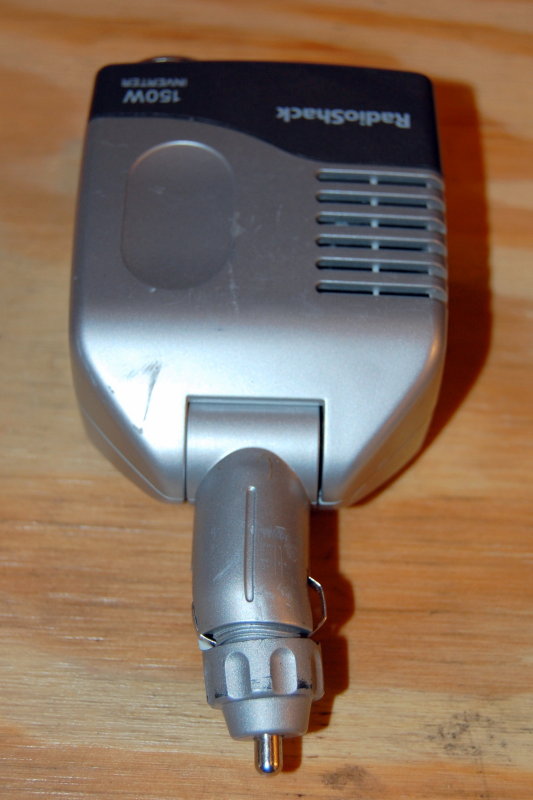The breaker is not likely to go from resistance alone. Same as with shore power cords - rarely does the breaker go when a wire burns. On load alone a breaker will handle a fair amount of current over its rating. As an example my 20 amp shore power breaker - on the dock - can handle 26 amps continuously and pops at 27 amps. In a short circuit situation the breaker will go instantly......I would expect a manufacturer of an electrical appliance to anticipate a malfunction as simple as a loose connection or resistant corrosion leading to electric overload and fire. And I would expect that a burned up conductor would have radically raised the resistance in the system and quickly sent the current beyond 15 amps - tripping the breaker. So, where was this situation going to terminate by design protection?
Older wiring hardens, possibly corrodes a bit, and resistance increases. Add a possible loose connection and it gets worse, the product being heat. All older wiring, on any item, should probably be checked for loose connections and hardening of the wire. Water heaters are not the cause, just one example.
I have not heard of any issues with Seaward water heaters relating to the wiring. They are a budget water heater - the budget part is the tank, not the wiring. I installed a Seaward water heater 2 weeks ago and found the wiring to be properly done. My connections were properly crimped with heat shrink connectors.
I don't see how one can try to blame Seaward for a malfunction that didn't occur for 12 years, especially in the marine environment.
Were the connections properly crimped and covered with heat shrink?








